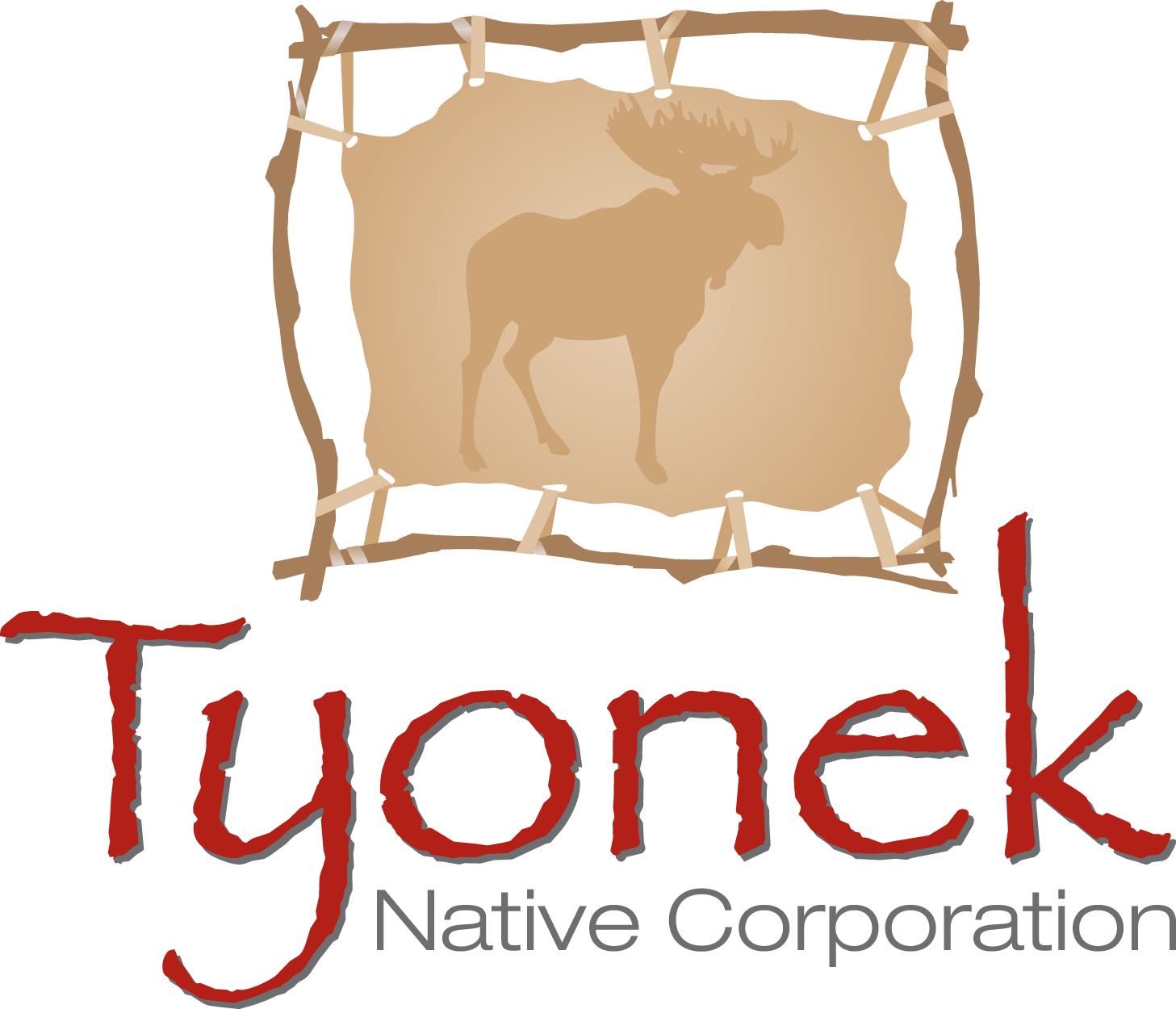Title Page
-
Date of Incident
-
Name of Site
-
Type of Incident
- Near Miss
- First Aid
- Auto
- Equipment
- Property
- Causey by Other
-
Make / Model / or Serial Number
-
Incident Reported within 24 Hours
-
Incident Frequency
-
Specific Location of Incident
- Chemical / Mechanical Room
- Dumpster Area
- Electrical Room
- Tunnel
- Vacuum House
- XPT
- 2nd Mile
-
Team Member Length of Employment
-
Site Leader
-
Consultant
-
Prepared by
-
What was immediately done to stop the HAZARD?
Section 1.0 Incident
-
1.1 Who Noticed the Challenge
- Site Leader
- ASL
- TL
- Customer
- Consultant
- Safety
-
1.2 Who is Negatively Impacted by the Incident
- Site Leader
- ASL
- TL
- Customer
- Consultant
- Safety
-
1.3 Were There Any Contributing Behavior(s) to the Incident
-
1.4 Did the Incident have Any Exposure Condition(s)
-
1.5 Is the Process Stable?
Section 2.0 - Heinrich Quick Analysis Toolkit
-
2.1 Heinrich Toolkit (Select All That Apply)
- Awkward Lifting / Too Big / Heavy
- Beginning of Shift / End of Shift
- Caught Between
- Chance Taking / Unsafe Behavior
- Clutter / Trip Hazards
- Customer Driven / Lack of Planning / heavy Workload
- Failure to do the Right Thing
- Fatigue / Illness
- Fire Damage
- Front Collision
- Frustrated
- Hazard Created by External Forces (such as Contractor)
- Hit Against
- Impaired / Under the Influence
- In a Hurry / Perceived Need
- Lack of Protection / Wrong PPE
- Machine not Guarded
- Lack of Communication
- Lack of Safe Work / Faulty Equipment / Poor Design
- Lack of Training
- Negligence
- Poor Lighting
- Poorly Maintained
- Poor Body Position / Strain
- Rear Collision / Backing Up
- Slippery Surface
- Struck-by
- Unaware
- Uneven Surface
- Unsafe Design / Poor Layout / Lack of Space
- Water Damage
- Wrong Tool / Procedure
- New Process
-
2.2 Picture(s) of Opportunities (If Necessary)
Section 3.0 - Cause Analysis
-
3.1 Major Causes
- Complacency
- Confusion After Instruction
- Defective Equipment
- Fatigue
- Faulty Materials
- Frustration
- Improper Method or Procedure
- Lack of Communication or Not Understood
- Training
- People (+ Behavior / - Behavior)
- Rushing
-
3.2 Tail, Fishbone (Problem Statement - Description of Pain Points)
-
3.3 People (Fishbone Analysis)
-
3.4 Machine (Fishbone Analysis)
-
3.5 Method (Fishbone Analysis)
-
3.6 Materials (Fishbone Analysis)
-
3.7 Environment (Fishbone Analysis)
-
3.8 Measurement (Fishbone Analysis)
-
3.9 Head, Fishbone (Proposal Statement - Plan of action to reduce opportunity from happening again)
Section 4 - Why Analysis
-
4.1 Why did the team, team member, or process experience an interruption?
-
4.2 Why did the event occur?
-
Developed - not followed/enforced
-
4.3 Why did the team, team member, or process experience an unsafe condition?
-
4.4 Why did the unsafe Behavior or Condition Exist?
-
4.5 Why was protection inadequate?
Section 5 - Corrective Action(s)
-
5.1 Describe how the challenge eliminate or reduce the hazard for Team Member protection.
-
5.2 If applicable, how will you engineer or “design" the hazard out of the process.
-
5.3 If applicable, how will you substitute the hazard or task?
-
5.4 If applicable, state the item(s) of Personal Protective Equipment that will be needed for Team Member protection.
-
5.5 Is training or refresher training required?
-
5.6 Is Safety Coaching Required?
-
5.7 Picture(s) of Corrective Action (If Necessary)











